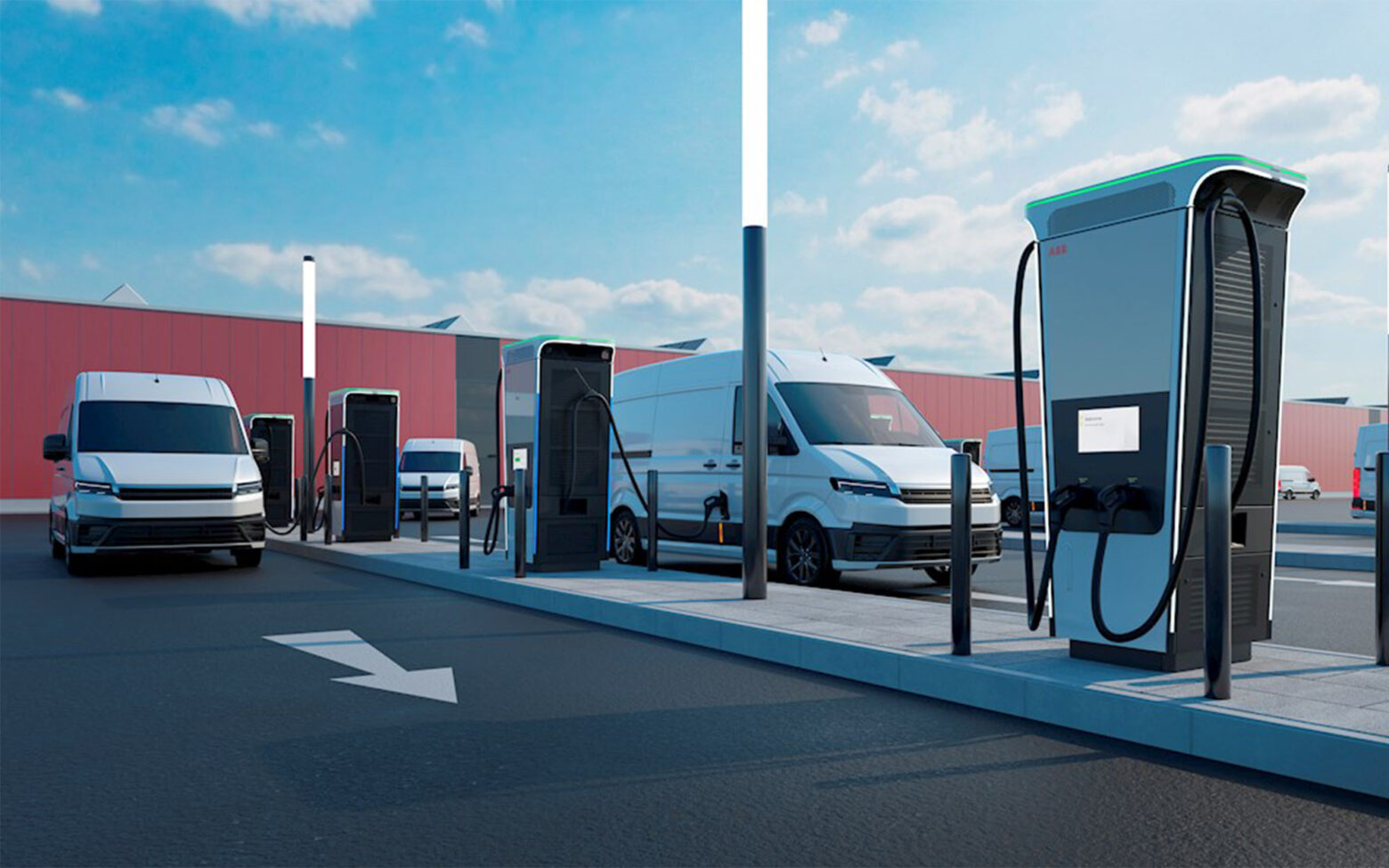Key Takeaways:
- Transitioning to electric vehicles (EVs) can reduce operational costs and carbon footprints for corporate fleets.
- Proper EV charging infrastructure is crucial for seamless fleet operations.
- Various types of EV charging stations and their suitability for different corporate needs.
Introduction
Electric vehicles (EVs) are quickly emerging as a viable option for corporate fleets. Many businesses are increasingly looking to adopt EVs to enhance sustainability, reduce operational costs, and diminish their carbon footprint. However, the key to maximizing the benefits of EV adoption lies in establishing comprehensive and efficient EV fleet charging solutions. A well-planned charging infrastructure ensures that EVs can be reliably and efficiently integrated into daily operations without disruptions.
By investing in robust EV charging infrastructure, companies can ensure their fleets run smoothly, maximizing economic and ecological benefits.
Benefits of EVs for Corporate Fleets
Electric vehicles’ financial and environmental advantages make them appealing to corporate fleets. EVs offer significant cost savings by substantially reducing fuel and maintenance expenses. Unlike internal combustion engines, EVs have fewer moving parts, which leads to lower wear and tear and fewer maintenance requirements. Additionally, operational costs are further minimized as electricity costs tend to be lower and more stable than gasoline or diesel.
Moreover, companies adopting EVs demonstrate a commitment to environmental stewardship, which can enhance corporate social responsibility (CSR) metrics. Reduced emissions contribute to a cleaner environment, aligning with global sustainability goals. For example, a delivery company that switches to EVs may witness a marked reduction in monthly fuel costs, improving its bottom line and sustainability credentials.
Types of EV Charging Stations
Level 1 Charging
Level 1 charging utilizes a regular household socket and caters to fundamental charging requirements. It is typically used in residential environments where vehicles can be charged overnight. Level 1 charging is advantageous because it is simple and inexpensive to install since it utilizes the current electrical infrastructure. However, the slow charging rate is best suited for situations where vehicles are parked for extended periods.
Level 2 Charging
Level 2 chargers are ideal for office locations or commercial areas where vehicles remain parked for extended durations. These chargers use a 240-volt outlet, which is similar to what is used for large appliances like dryers. This allows for a much faster charging rate compared to Level 1. Level 2 charging is becoming a standard at workplaces and public locations due to its balanced efficiency and practicality, making it a popular choice among businesses.
DC Fast Charging
DC Fast Chargers are designed for high-speed charging, making them suitable for commercial hubs with high vehicle turnover. These chargers convert AC power to DC within the charging station, delivering it directly to the vehicle’s battery at a much faster rate. This allows for quick replenishment of an EV’s battery to 80% capacity in as little as 30 minutes, which is essential for fleets that require fast turnaround times for their vehicles to stay operational.
Implementing Charging Infrastructure
Implementing EV charging infrastructure involves several key steps. First, it is crucial to assess your organization’s specific charging needs based on fleet size, types of vehicles, and daily travel distances. Understanding operational patterns and peak usage times can help in planning the infrastructure more effectively. Next, consulting with experienced EV charging solution providers can provide tailored recommendations that align with your business’s unique needs.
This step also includes understanding local electrical grid capacities and any potential upgrades required to support the additional load. Partnering with experts ensures that the installation is sufficient for current needs and scalable for future growth.
Optimizing Charging for Fleet Operations
Effective charging time management is crucial to avoid operational delays and ensure optimal resource use. Advanced fleet management software can schedule and monitor charging activities. Such software can optimize charging cycles, thus preventing all vehicles from charging simultaneously and overwhelming the electrical grid.
Moreover, fleet management tools can offer insights into energy usage, predict maintenance needs, and help optimize overall fleet efficiency. They also assist in aligning operational schedules with charging patterns, ensuring that vehicles are always adequately charged when needed for operations.
Potential Challenges and Solutions
While numerous advantages exist, adopting EVs and implementing charging infrastructure may present specific challenges. One of the primary concerns is the initial setup cost, which can be substantial. However, many companies find that the long-term savings on fuel and maintenance outweigh these initial expenses.
Another common concern is range anxiety, where drivers fear running out of battery power during operations. This can be mitigated by strategically placing charging stations at key locations along common routes.
Future Trends in EV Charging for Fleets
The future of EV charging technology looks promising, with advancements like wireless charging and ultra-fast chargers on the horizon. Wireless charging, for instance, eliminates the need for physical plugs and could simplify the charging process, making it more convenient for fleet operations.
Additionally, governmental policies and increasing incentives are expected to accelerate electric vehicle adoption in corporate fleets. By staying informed about these trends and leveraging new technologies, businesses can remain ahead of the curve and continue to benefit from their investment in EV infrastructure.
Conclusion
Adopting electric vehicles and the requisite charging infrastructure offers numerous benefits for corporate fleets. From cost savings to enhanced sustainability, the advantages are clear. Strategic planning and investment in the proper charging solutions can ensure that businesses reap immediate benefits and align themselves with long-term operational goals and environmental commitments.










